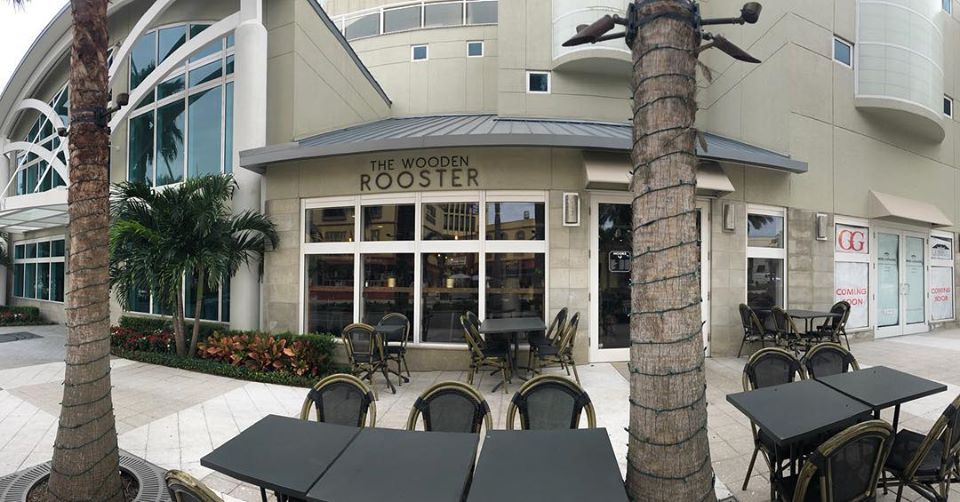By Alisha Durosier
The servers, baristas and bussers of the St. Petersburg brunch restaurant Taylor Sam’s found themselves adjusting to a new normal in late January when they were told they were no longer permitted one free breakfast item per shift or discounts on all menu items.
New store policy now requires restaurant staff to pay for what they order during their shifts and pay full price for menu items featuring eggs.
The policy change is in direct response to the rise in egg prices, which have reached historical highs this year.
According to Michael Owens, head chef of Taylor Sam’s, when the flagship store opened in New Jersey in 2013, he recalls eggs being under a $1 per dozen. As of March 14, Owens said his latest shipment of eggs cost $9.02 a dozen.
“As of right now, we actually have taken every step we could possibly think of to not bring that impact to our customers,” Owens said. “We have made every attempt to not increase our prices.”
The egg problem is not specific to the local brunch spot, nor is it new. The price of eggs has notably been an ongoing issue since 2020, as a result of the COVID-19 pandemic’s impact on national supply chains.
The recent price hikes, however, have been exacerbated by a perfect storm of continuing supply chain issues, high inflation rates and an outbreak of the Avian Flu, which is impacting chicken farms nationwide.
This year’s first record-breaking peak occurred in January when the average price of a dozen eggs in the U.S. peaked at $4.95. In late February, some U.S. cities saw an average peak as high as $8 before the price sharply declined back to approximately a $4 average.
Additionally, the United States Department of Agriculture predicts the price of eggs will grow “at above-average rates.”
Angad Dang, a hospitality and tourism management professor instructing a restaurant operations course on USF’s Sarasota-Manatee campus, highlights two ways restaurants often navigate price hikes.
“They [restaurants] have to constantly… price match,” Dange said, “So they’re not always buying stuff from one vendor, and at the same time, sometimes, they have to increase the prices for the consumer as well because that’s going to be the person that actually eats the prices. So what is the cost of goods compared to what is the profit margin that you want to make? That’s how you do your menu pricing.”
Wooden Rooster, a local St. Petersburg cafe that specializes in crepes, employs both of these methods, utilizing several local vendors and increasing some of the prices on their menu items.
“We are still doing our best to give the best product and not allowing it to change the way we serve our guests,” Wooden Rooster’s General Manager Melissa Phillips said. “We are taking the hit as a company.”
Phillips emphasized that while the price of eggs has continuously changed due to inflation, the costs have “significantly gone up” in the past year.
For Wooden Rooster, 40 pounds of eggs cost $45 last year. Currently the price for the same amount of eggs sits at $95.
“We have had issues getting eggs due to our vendors being out of stock,” Phillips added. “We have also had to change our product from time to time because of vendors not having our product in stock.”
So far this year, a little over 37 million commercial birds have died.
According to Dr. Sten Vermund, a pediatrician and infectious disease epidemiologist, once the Avian Flu is detected within a flock of chickens, the standard approach for farmers is to cull, or slaughter, the entire flock to prevent the virus from spreading.
“With millions of chickens being killed in the U.S., and some ducks and some geese, you end up with a rise in the price of eggs because you have fewer eggs being produced,” Vermund said.
Vermund also said that while chickens are easy to breed and hatch, it will take some time for farms to rebuild their stock of poultry.
“It still will take a better part of six months to a year to replace those millions of dead poultry, and of course, if we don’t get a good handle on the H5N1 epidemic, then the new fresh crop of poultry could also get infected,” he said.
The cost of eggs is starting to decrease, yet it still remains unstable. Owens said he hopes that prices become more manageable, otherwise, Taylor Sam’s may have to look into more alternative ways to maintain their preferred profit margins.
“I hope I’m wrong, but I personally believe that we will never see eggs below $6 a dozen again,” he said. “If I could open a chicken farm and produce enough eggs, I sure as hell would give it a shot.”
